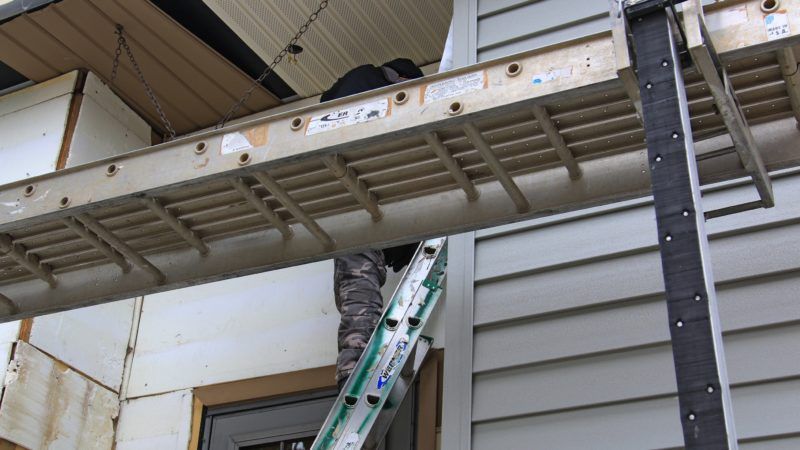Minnesota Is Latest State to Consider Ban on Single-Family Zoning
State legislators want to allow duplexes statewide and eliminate local governments' ability to impose aesthetic design requirements.

Minneapolis became a national leader in housing reform in 2018 when it eliminated single-family-only zoning to allow three-unit homes citywide.
Now a bipartisan group of Minnesota state lawmakers is following suit by introducing a package of a dozen bills that would pare back zoning regulations across the state, reform the way fees are charged to developers, and limit local governments' ability to micromanage how new homes look.
Senate File (S.F.) 4064, authored by Sens. Richard Draheim (R–Madison Lake) and John A. Hoffman (D/FL–Champlin), would allow the construction of duplexes on all residential land currently zoned to only allow single-family homes.
Should that bill pass, Minnesota would become the second state to officially abolish single-family zoning.
Oregon was the first to do that in 2019, passing legislation that allows duplexes on all residential land in towns of 10,000 or more people, and four-unit homes on all residential land in communities of more than 25,000 people. California, by allowing homeowners to build up to two accessory dwelling units on their property, has also effectively eliminated single-family-only zoning.
Other bills authored or sponsored by Draheim—who chaired a select committee on housing affordability—would go further.
That includes a bill that would limit local governments to requiring only one garage per single-family home. Other legislation would address the fees localities can charge new developments, capping them in some instances and requiring more information to be reported on how fee money is spent.
Language in other bills in Minnesota's housing package would also forbid local governments from conditioning the approval of new housing on the use of "specific materials, design, amenities, or other aesthetic conditions" not already required by state law.
Local governments' use of planned unit developments—discretionary approval processes that can allow developers to bypass local zoning laws in exchange for them agreeing to pay additional fees or abide by specific design requirements—would also be restricted.
Budget-conscious localities have an incentive to attract residents who pay a lot of taxes and consume few city services, Salim Furth, a housing policy expert at George Mason University's Mercatus Center, told Reason in December. Passing design requirements that only allow for high-end housing is one way to ensure you get high-income residents.
"There's a level of micromanaging, even in places that allow growth, they're more and more allowing it through a highly discretionary planned unit development process," said Furth. "[Local governments] have certain priorities that never include affordability, that never include the diversity of housing typology. Its always about pushing quality, and therefore price, up."
Minnesota's Housing Affordability Institute, a developer-backed nonprofit, noted in a recent report that local design requirements intended to improve the aesthetic of homes can be quite detailed and add thousands to the costs of a new home.
That report gave the example of Corcoran, Minnesota, whose city code "outlines the design requirements for all new homes in the city, including materials used on the façade of homes, percentage of varying materials for the home, architectural styles, the percentage of the garage on the front elevation and garage door designs, just to name a few."
The Housing Affordability Institute's report surveyed homebuilders who said regulations in certain Minnesota communities add as much as 30 percent to the final costs of a home.
The National Association of Home Builders (NAHB) has found that government regulation pushes up the costs of single-family homes by 25 percent, and multi-family units by 30 percent.
"It is a question of affordability. Do we want people to have the American dream? Do we want a family to grow up in a home?" says Grace Keliher of the Builders Association of Minnesota.
With housing affordability becoming a nationwide concern, the last thing we need is local governments dictating how a new home should look or how big of a garage it needs.
Rent Free is a weekly newsletter from Christian Britschgi on urbanism and the fight for less regulation, more housing, more property rights, and more freedom in America's cities.


Show Comments (25)